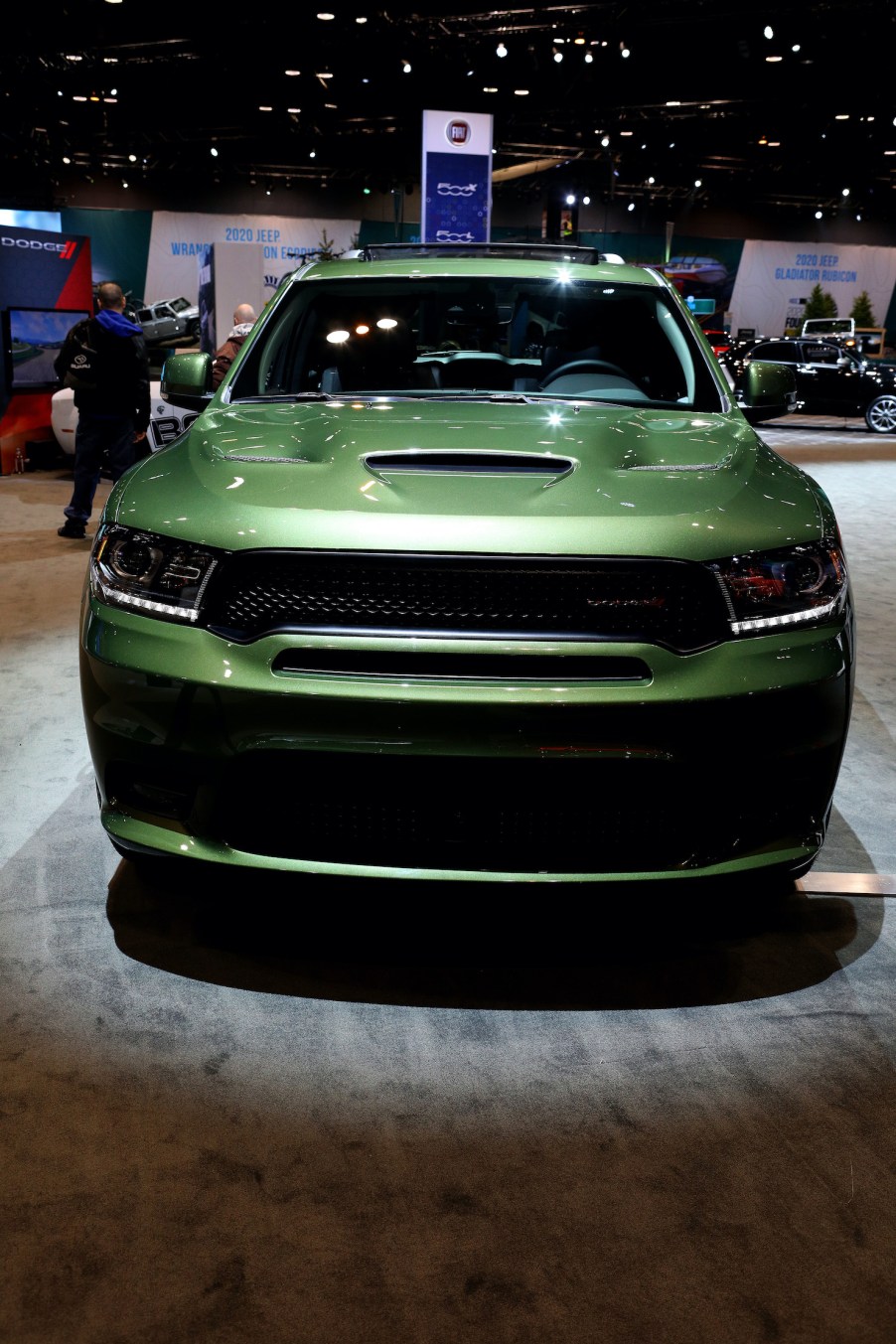
The 2020 Dodge Durango’s Price Isn’t Doing It Any Favors
With their abundance of cabin space, impressive towing capabilities, and all-wheel drive, midsize SUVs are quickly becoming the vehicle of choice for many U.S. drivers. Even so, they aren’t all winners. The 2020 Dodge Durango, for example, has an inordinately high price point that may deter some shoppers. Although the Durango just managed to edge its way onto the Kelley Blue Book list of 2020’s best midsize SUVs, it’s ranked last — and there are some alternatives that may be a better option.
The Dodge Durango’s biggest downside
Starting at $30,495, the Dodge Durango’s price is steeper than you might expect from a vehicle with a rating of just 3.2/5. In fact, the Durango has a lower rating than quite a few of its more affordable competitors.
The Kia Sorento, for instance, has a starting price of $26,990 and a rating of 4.1. The Subaru Outback has a $26,645 price tag and a rating of 4.6. The most drastic leap, though, can be found in the Hyundai Santa Fe, which has a rating of 4.6 and a starting price of $26,125 — over $4,000 cheaper than the Durango.
What KBB doesn’t like about the Durango
With such a high price tag, you’d expect the Dodge Durango to elicit some glowing reviews. Unfortunately, however, this just isn’t the case. In fact, one of the Durango’s pitfalls is that, despite its high price point, quite a few popular safety features come optional rather than standard. Lane-keeping assistance, blind-spot monitoring, adaptive cruise control, and forward collision mitigation are all available but do not come standard on the base model.
This low number of standard safety features means that the Durango’s price can actually skyrocket even further if you want to include them — you could end up paying anywhere from $34,590 to $64,490 for some of the Durango’s higher trim levels. Despite all that, though, KBB reports that the Durango actually has a lower resale value than some of its rivals, such as the Toyota Highlander or the Honda Pilot.
Additionally, the Durango has a muscle-car design that, while appealing to some drivers, makes it slightly more challenging to maneuver than some of its sleeker competitors. And while this vehicle gets decent safety scores, its longevity and reliability scores leave something to be desired — it once again trails the Toyota Highlander and the Honda Pilot.
More affordable alternatives to consider
Although the Dodge Durango does get a few things right — for example, its impressive towing capabilities and its spacious third-row seating — the fact remains that there are a plethora of alternative SUV options that are both more affordable and more highly rated. As such, you shouldn’t have too much trouble finding a vehicle that better suits your needs and your budget.
You’ll definitely want to consider the Hyundai Santa Fe, which won the KBB Cost of Ownership and Best Buy awards and offers significant turbocharged options. Or, if you’re looking for something with impressive resale value, the Subaru Outback may be the best choice for you — it trumps every other two-row SUV in this area. The Outback also includes all-wheel drive.
For folks who prioritize a spacious cabin, give the Chevrolet Traverse a try. It has a starting price of $29,800 and a rating of 4.4, and it seats eight. In fact, KBB points out that the midsize Traverse has more cargo space than the full-size Chevy Tahoe.
If you’ve been on the hunt for a midsize SUV, you have no shortage of great options. Do your wallet a favor, and check out some of the competition before settling on the Dodge Durango.


